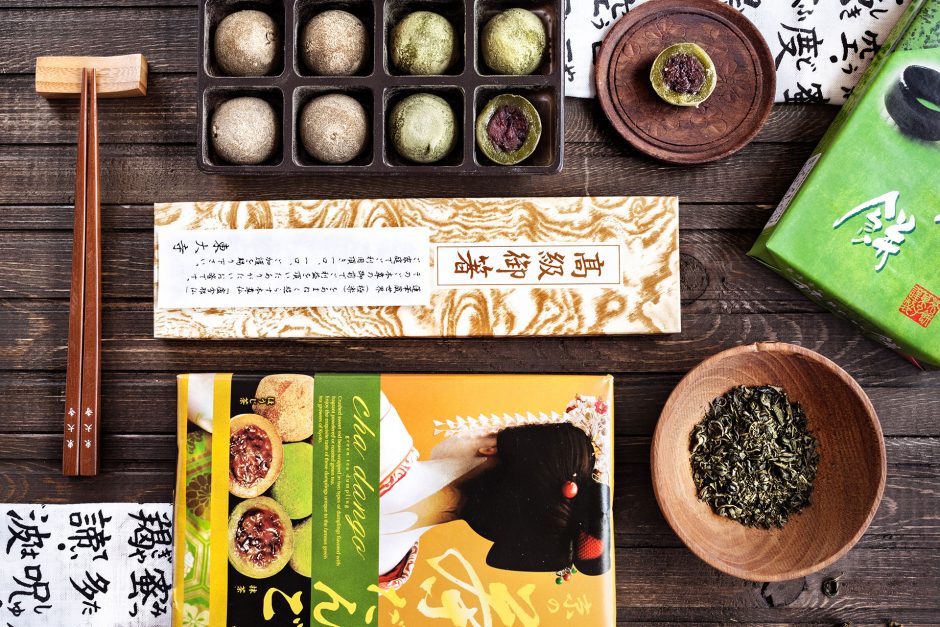Omiyage translates to ‘souvenir’, but its actual meaning is deeper than that. The difference? In Western culture, souvenirs are items you get on a trip for yourself, or close friends and family members, usually trinkets. Omiyage, however, are gifts for everyone in your social sphere: friends, family, neighbours, classmates, teachers, colleagues and bosses.
That’s not all, omiyage should also be enjoyable, beautiful, unique from the place you’ve visited, and not to be used or consumed by yourself; so generic key-chains or fridge magnets just won’t do.
But why?
In Japanese society, it’s always important to respect and empathize with others, which is why people are generally extra polite. Omiyage is an extension from this courtesy. It is meant to share the joy you experience on your trip with all those around you, give gratitude to those inconvenienced by your absence, and to strengthen your social bonds. It’s not how close you are that counts, but that you cared enough to share. In fact, it is considered a cultural obligation, no matter how near or far your vacation is. And an omiyage that’s given always guarantees an omiyage in return.
How did it start?
The actual history is unclear but believed to have begun with sacred pilgrimages since ancient times. People who went to Shinto shrines were expected to bring back charms and religious items to their families, to share the sacred blessings and protection they’ve received. As food preservation techniques improved and the railway system built, travellers began to seek for specialty treats whenever they go on trips, religious or otherwise.
Okay, so what should I buy?
Edible omiyage is always the best choice. Today, all variety of local sweets and treats can be found in tourist shops anywhere in Japan. These gift-boxes are carefully packed in gorgeous designs, containing individually wrapped snacks, perfect for groups.
Each region has its own delicacies. For example, Aomori treats are apple-themed, Shizuoka Prefecture is famed for Abekawa Mochi, Nama Yatsuhashi cakes in Kyoto, Manju mini bun is an Okinawa special, Kamaboko pureed fish, melon and lavender-based goodies from Hokkaido. The list is endless, and shopping for omiyage can be a fun adventure in itself.
Next time you’re headed to Japan, especially if you’re visiting a friend, do drop by a local omiyage shop and pick something from the colourful selections. If you’re hard-pressed to find the ‘right’ item, just remember that your sincerity is best shown with an aesthetically pleasing gift that can be shared.











You must be logged in to post a comment.